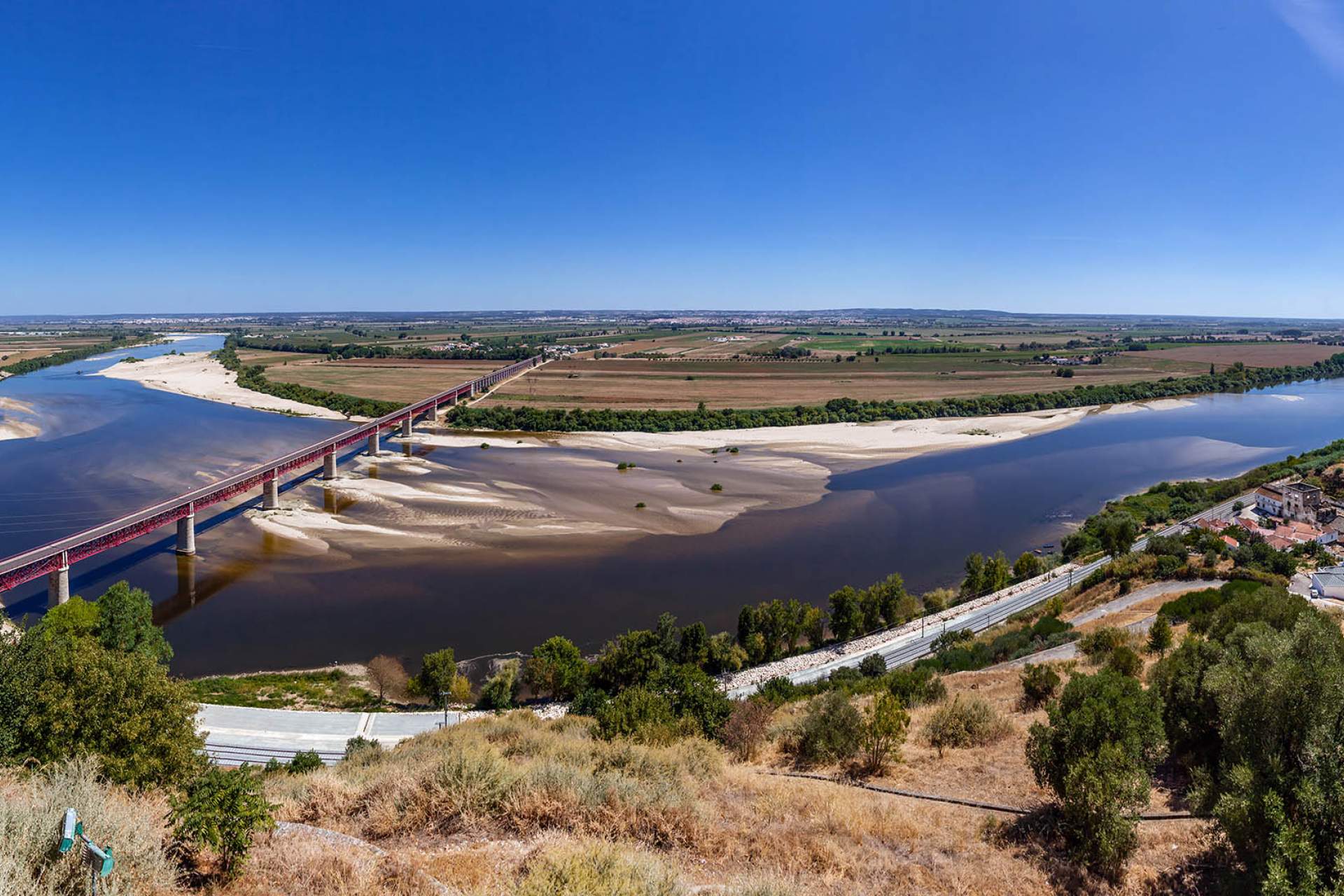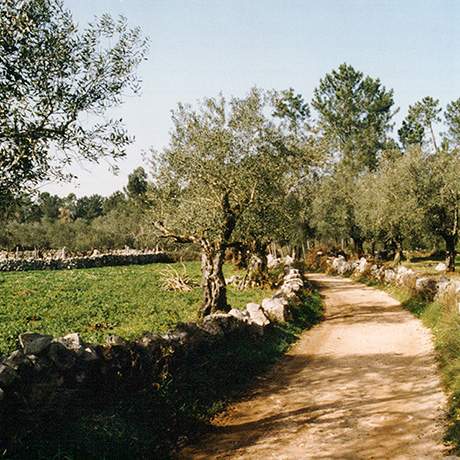
Find other Ways here
The Tagus Way starts in Lisbon. From here to Fátima the route stretches 143 kilometres and is divided into five stages, each step corresponding to a day of walking.
It begins in Lisbon, at the Tagus estuary, in the Parque das Nações, where the 1998 World Fair (Expo 98) dedicated to the Oceans was held, under the awning of the Portugal Pavilion, an emblematic building designed by architect Álvaro Siza Vieira and which is classified as Cultural Heritage.
You can also start the Tagus Way in the Lisbon's historic city centre, from the Lisbon's Cathedral, by crossing the Castle hill and the ancient Alfama district and ending up at the Portugal Pavilion, a total course of 11 km.
As you leave Lisbon you will walk trek through rural landscape where you can admire a diverse cultural and natural heritage.
The first three stages of the Tagus Way have river as the backdrop, passing through the landscape of the Lezíria plains, and through Santarém. Here, in the historical centre, it is worth visiting the Church of Our Lady of Grace where, inside, is the tomb of Pedro Álvares Cabral, discoverer of Brazil. The Way of St. James shares the route up to Santarém.
The last two stages of the Tagus Way continue alongside plateaus, mountains and the limestone valleys of the Serra de Aire and Candeeiros Nature Park, which are characterised by a wild landscape, devoid of rivers or streams. Water runs inside the mounds, making this limestone massif a paradise for caving lovers.
From the top of the road into Fátima you will see the Shrine of Fátima, Altar of the World, centre of Christian faith, and final destination of this pilgrimage.
The Pilgrim of the Paths of Fátima credential is available to all those who walk the Path of Fátima.

Stages

Programmes
Load MoreClose
Search results for:
No results were found matching your search.
Information available soon.



